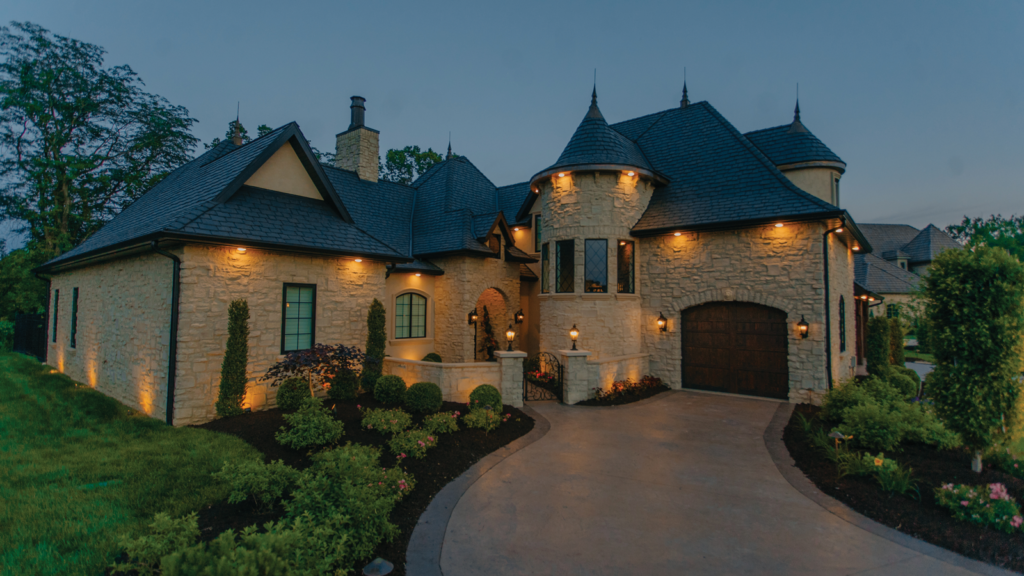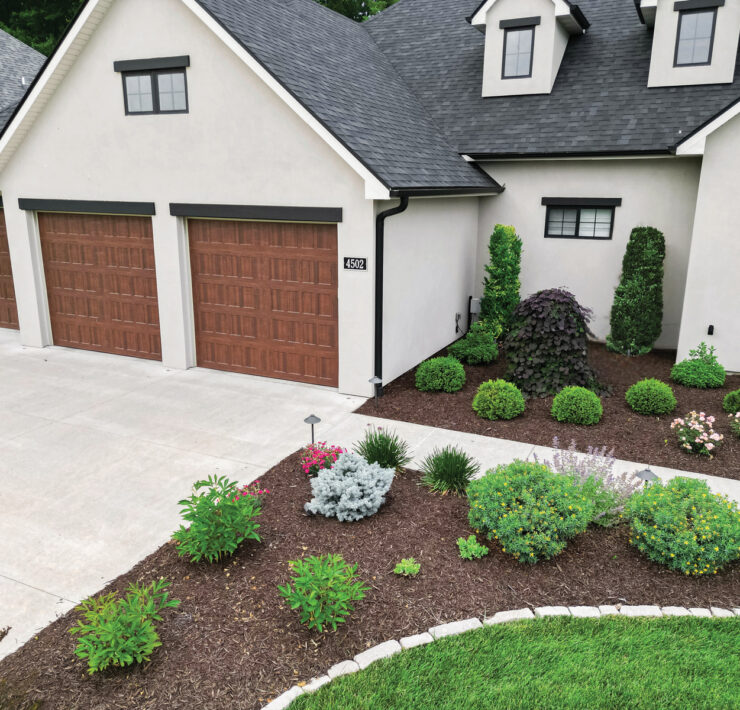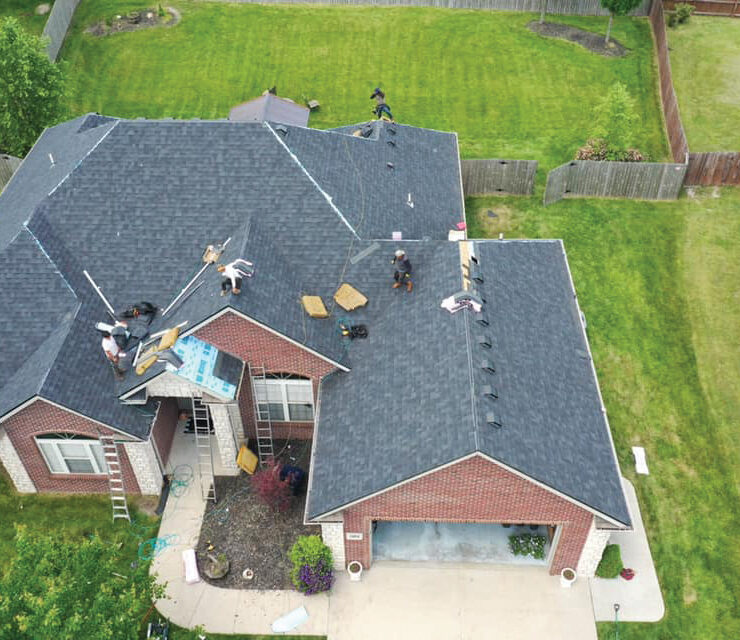Design and Care of Formal Landscapes
- "Design and Care of Formal Landscapes" originally appeared in the August 2024 "Sports" issue of COMO Magazine.

Formal landscapes exude elegance and precision, often resembling a carefully crafted work of art. These meticulously designed outdoor spaces are characterized by a sense of orderliness that creates a sophisticated ambiance. Whether adorning the grounds of stately homes, public institutions, or corporate offices, formal landscapes require thoughtful planning and diligent care to maintain their pristine appearance year-round.
DESIGN
The foundation of a formal landscape lies in its design principles, which emphasize balance, symmetry, and structure.
- Symmetry: Formal landscapes typically feature symmetrical layouts where one side mirrors the other. This can be achieved through balanced plantings, pathways, or focal points like statues or fountains placed centrally.
- Geometric Shapes: Straight lines, right angles, and geometric patterns define formal gardens. Rectangular beds, hedges trimmed into precise shapes, and paved pathways contribute to the structured look.
- Focal Points: A central focal point such as a sculpture, fountain, or topiary often anchors a formal garden. It serves as a visual centerpiece that draws the eye and establishes the garden’s design hierarchy.
- Plant Selection: Plants are carefully chosen for their ability to maintain shape and structure. Common choices include clipped hedges ( i.e. boxwood or yew), symmetrical trees (i.e. columnar oaks or cypress), and neatly trimmed shrubs.
- Materials and Surfaces: Paving materials like brick, stone, or gravel are used for paths and patios, enhancing the formal aesthetic. Edging materials like low walls or formal hedges define boundaries and maintain clean lines.

Care and Maintenance
Creating a formal landscape is just the beginning; maintaining its immaculate appearance requires ongoing care and attention.
- Regular Pruning and Trimming: Regular pruning of hedges, shrubs, and topiaries is crucial. This helps maintain the garden’s structured look and prevents overgrowth.
- Weeding and Mulching: Weed control is essential to keep beds tidy and prevent competition for nutrients. Mulching not only suppresses weeds but also retains moisture and improves soil structure while maintaining the pristine appearance of the landscape.
- Seasonal Maintenance: Adjust care practices seasonally. In spring, focus on planting and pruning. Summer requires diligent watering and pest control. Fall is ideal for planting bulbs and preparing for winter, while winter calls for protective measures against frost.
- Path and Patio Maintenance: Keep paths clear of debris and weeds and repair any damaged paving promptly to maintain a uniform appearance.
Designing and caring for formal landscapes requires a blend of artistry and meticulous upkeep. By adhering to design principles of symmetry, geometric precision, and strategic plant selection, and by implementing thorough maintenance practices, these gardens can uphold their elegant allure throughout the seasons. Whether in a residential estate, public park, or corporate setting, a well-maintained formal landscape serves as a testament to timeless beauty and refined craftsmanship.

Brendan Rost is a Columbia native and son of Rost Landscaping owners Tim and Toby Rost. He grew up playing at the garden center and nursery and has worked in all divisions of Rost Inc. Brendan received his degree in horticulture and design from MU and now works as a designer in the landscaping division. He thrives on building relationships and creating unique landscapes that complement their space.
(573) 445-4465
rostlandscaping.com









